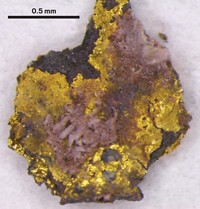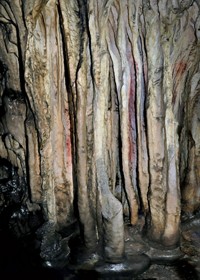Advertisement
Grab your lab coat. Let's get started
Welcome!
Welcome!
Create an account below to get 6 C&EN articles per month, receive newsletters and more - all free.
It seems this is your first time logging in online. Please enter the following information to continue.
As an ACS member you automatically get access to this site. All we need is few more details to create your reading experience.
Not you? Sign in with a different account.
Not you? Sign in with a different account.
ERROR 1
ERROR 1
ERROR 2
ERROR 2
ERROR 2
ERROR 2
ERROR 2
Password and Confirm password must match.
If you have an ACS member number, please enter it here so we can link this account to your membership. (optional)
ERROR 2
ACS values your privacy. By submitting your information, you are gaining access to C&EN and subscribing to our weekly newsletter. We use the information you provide to make your reading experience better, and we will never sell your data to third party members.
Analytical Chemistry
Method uncovers color hidden in ancient Greek marble
New X-ray fluorescence technique maps trace remnants of green pigment on sculpture depicting Trojan War
by Sarah Everts
January 2, 2017
| A version of this story appeared in
Volume 95, Issue 1
One of the archaeological delights found in the ancient Greek city of Delphi is a frieze that depicts scenes from the Trojan War, including a sculpture of the hero Achilles wielding a shield decorated with the head of the monster Medusa. Nowadays, the monster’s hair—like the rest of the frieze—is the mottled brown color of ancient marble, but it wasn’t always so. Medusa’s tresses were once painted green, according to a team of researchers led by Matthias Alfeld and Philippe Walter of the University of Pierre & Marie Curie, in Paris (Anal. Chem. 2016, DOI: 10.1021/acs.analchem.6b03179). To detect the long-lost pigments in Medusa’s hair, the team developed a new X-ray fluorescence (XRF) technique that can map the surface of 3-D objects. The method combines 2-D XRF with data from a photograph-based technique called photogrammetry and computer modeling. By using the new technique, the team found traces of copper all over Medusa’s hair, suggesting her tresses could have been painted with a green or blue copper pigment. The researchers also detected tiny green crystals in the hollows between Medusa’s tresses using a microscope, leading them to conclude that the monster’s hair was once green.






Join the conversation
Contact the reporter
Submit a Letter to the Editor for publication
Engage with us on Twitter